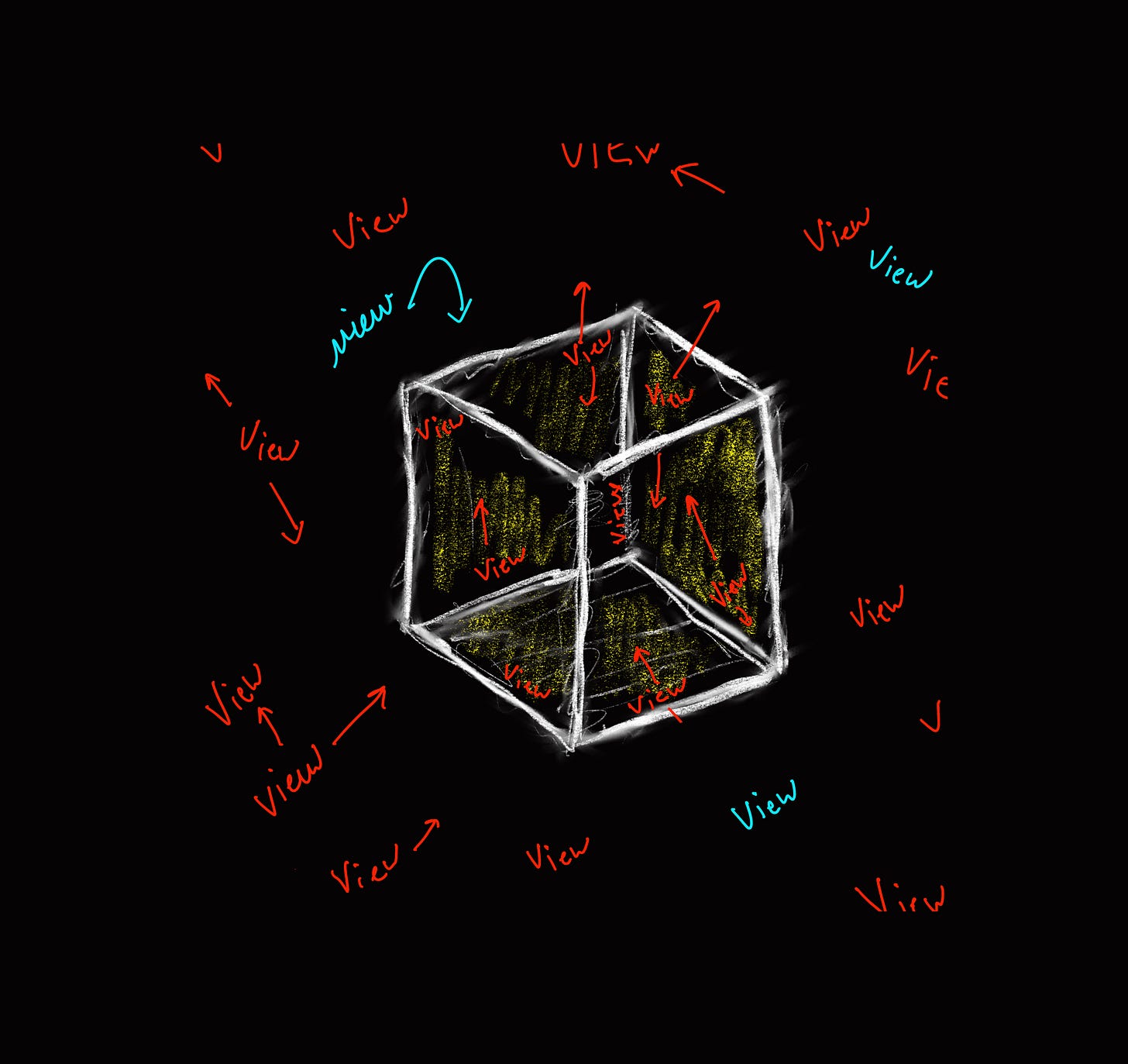How Not to Create Crap Content (And Engage Intentional Writing and Experiences)
Box Cutter Co. Free Issue No. 60
I despise bullshit platitudes. And our world — especially social media — is full of them.
I see and foresee many opportunities for writers and content creators to distinguish themselves from crap content, pathetic platitudes and persuasions, and AI-generated and filled-in templates.
The corporat…
Keep reading with a 7-day free trial
Subscribe to Box Cutter Co. to keep reading this post and get 7 days of free access to the full post archives.


